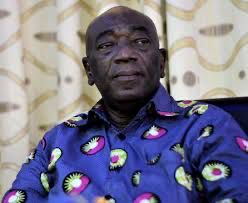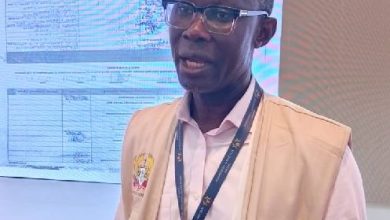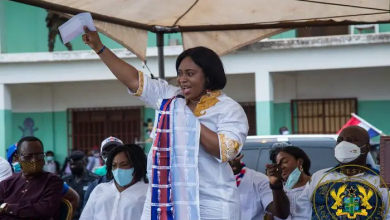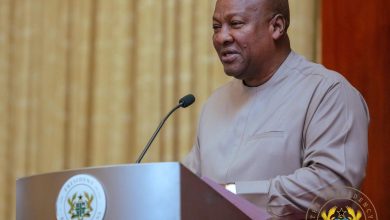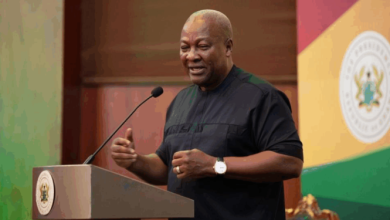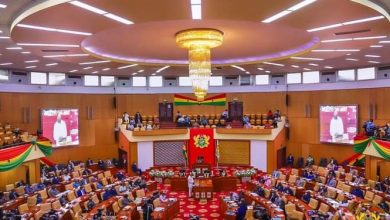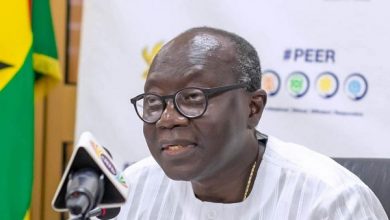Stop Sacking Workers, It’s a Blot On Ghana’s Democratic Credentials — TUC Tells President Mahama

The Trades Union Congress (TUC) has called on President John Dramani Mahama to halt the ongoing termination of appointments of public sector employees.
In a statement issued on Tuesday, February 25, and signed by Secretary-General Joshua Ansah, the TUC warned that these terminations, which have affected teachers and nurses who have waited years for employment, could have devastating consequences.
“The mass termination of employment for teachers, nurses, and others—who have been educated at great cost to their families and the nation—who may have struggled to secure jobs for years is heartbreaking. It represents a blot on our democratic credentials and can sap the patriotism of these young men and women,” the statement said.
The Revocation Letter
On February 10, 2025, Chief of Staff Julius Debrah sent a letter to all heads of government institutions titled “Revocation of Appointments and Recruitments Made After December 7, 2024.”
The letter stated that all appointments and recruitments made in the Public Services of Ghana after December 7, 2024, are not in compliance with established good governance practices and principles. It instructed heads of government institutions to annul any such appointments or recruitments.
In response, the TUC stated:
a. Following this directive, we have received reports of mass revocation of appointments, including those made before December 7, 2024. In some organizations, individuals who had been on contract for five years or more, and whose appointments were regularized in December 2024, have now lost even their contract status. This is likely heartbreaking for these young men and women, many of whom are entering the labor market for the first time.
b. The TUC has closely monitored the public discourse regarding the appropriateness of this directive.
c. We find the directive by the Chief of Staff very problematic. Not only is it open to abuse, but we also find it difficult to understand how the government could declare that all appointments or recruitments made after December 7, 2024, are non-compliant with good governance practices.
d. The issue of midnight appointments and recruitments has recurred between the NDC and NPP. Statements from both parties demonstrate their inconsistency and insincerity. In 2016, President John Dramani Mahama, after the elections, asserted his responsibility as President until he officially handed over power on January 7, 2017. During that time, he appointed new commissioners for CHRAJ and NCCE and a new Auditor General, even increasing allowances for National Service Personnel.
e. The NPP vehemently condemned these actions by President Mahama. On December 21, 2016, NPP Transition Team Head Yaw Osafo Marfo described Mahama’s appointments as “most disappointing and exhibiting bad faith.”
f. Today, the NPP has mirrored the very actions it condemned in 2016. The NDC is not only denouncing the NPP’s actions but is also taking measures that lead to the termination of thousands of young Ghanaians’ jobs, many of whom have gone through the proper recruitment processes.
g. The TUC calls on H.E. John Dramani Mahama to stop the ongoing terminations of appointments in the Public Service. The mass termination of employment for teachers, nurses, and others educated at great cost can devastate these young people and undermine our democratic principles.
h. We expect President Mahama to prevent the country from further sliding down this partisan slope. Similar to the amnesty granted to individuals recruited by the previous administration who are currently training with security agencies, we urge the President to offer amnesty for all appointments made by the previous administration. This would represent a significant political settlement in the Fourth Republic, creating a lasting impact that could reset Ghana’s political landscape.
